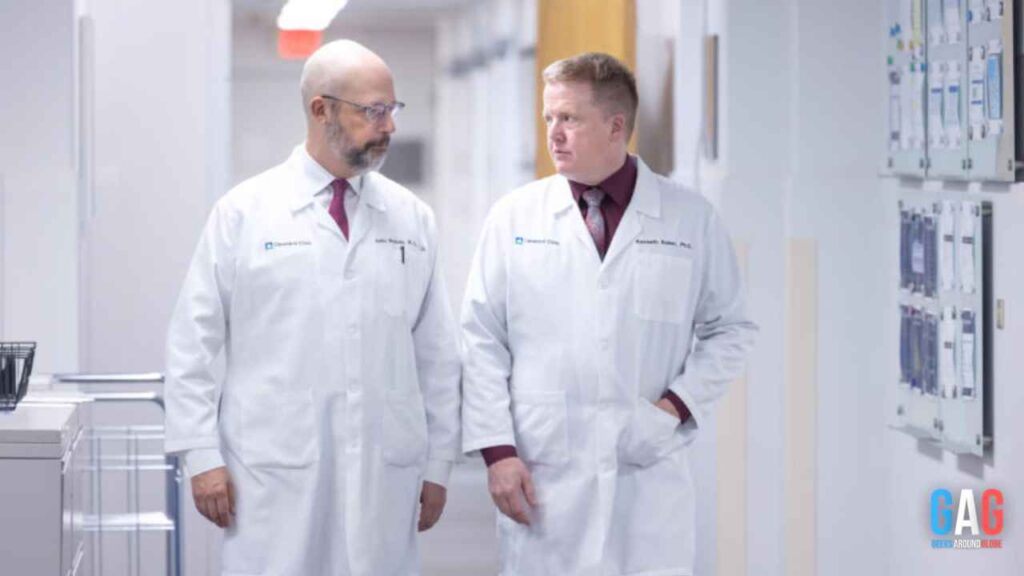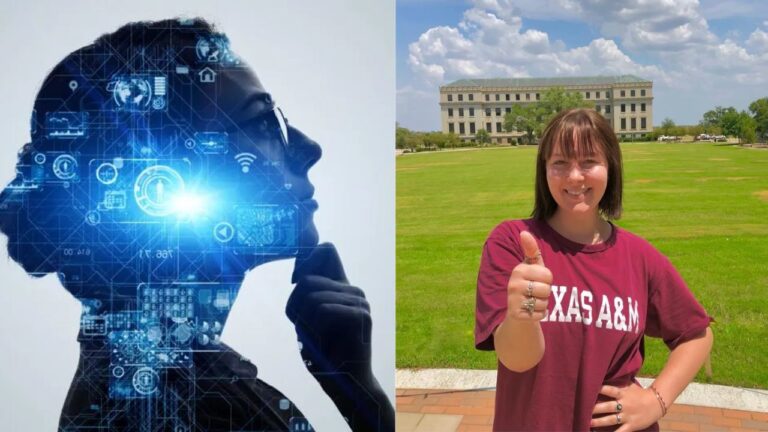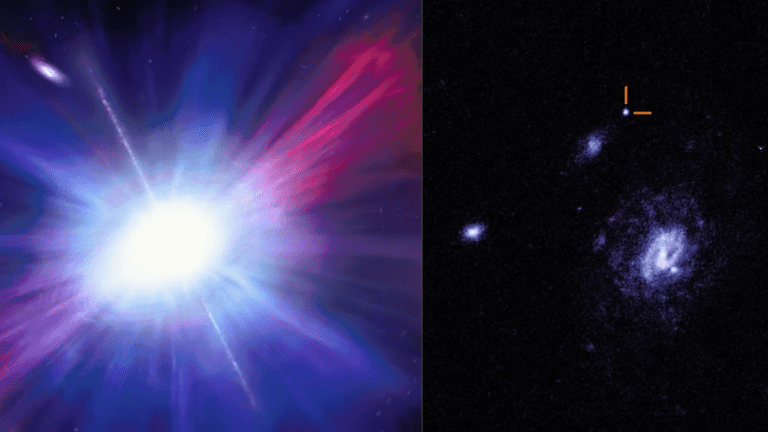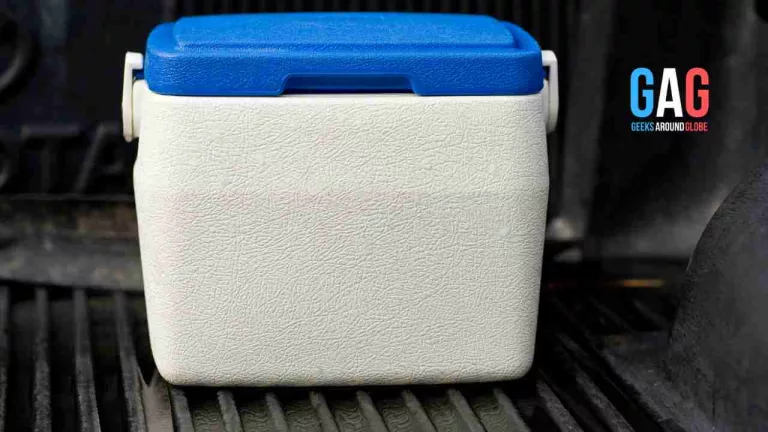Cleveland Clinic researchers have succeeded after the clinical trials of Deep Brain Stimulation (DBS) for post-stroke rehabilitation, focusing on the dentate nucleus. This region of the brain is responsible for voluntary movements, cognition, language, and sensory functions.
The study titled EDEN trial assessed DBS’s safety and feasibility. 9 out of 12 participants showed significant improvements in their motor function. Those who had minimal preservation of distal motor function at the trial’s outset witnessed improvements nearly tripling their initial scores.
Nature Medicine published these findings, a culmination of over a decade’s research by Dr. Andre Machado and Dr. Kenneth Baker. This discovery holds promise for patients disabled more than a year after a stroke. It hints at possible advancements in rehabilitation in chronic recovery stages.

“The results have significant implications for patients, offering a potential pathway for considerable improvements in rehabilitation even during the chronic phases of stroke recovery.”
Dr. Machado, behind the patent for the DBS stroke recovery method
Enspire DBS Therapy, Inc. is commercializing the Vercise DBS system. The system is patented by Dr. Machado. Boston Scientific owns a license for the system and provided it for the research. Cleveland Clinic Innovations has co-financed the project. Furthermore, Dr. Machado holds equity in Enspire and assumes the role of its chief scientific officer.
12 participants were selected for the trial. They had all experienced moderate-to-severe hemiparesis after a stroke that occurred between 12 to 36 months ago. During the DBS surgery, the surgeons strategically implanted electrodes in the cerebellum. Connected to a pacemaker-like device, these electrodes discharged tiny electrical pulses, which aided in movement recovery. Following the surgical procedure, the participants embarked on a physical therapy journey. They initially turned off the DBS, but later activated it for 4 to 8 months, which resulted in noticeable enhancements.
Brooks Gross, PhD, from the National Institute of Neurological Disorders and Stroke, stated the need for broader trials to further cerebellar DBS as a proper treatment for post-stroke motor impairment.
Strokes stand as the foremost cause of lasting disabilities in the U.S., impacting approximately 800,000 individuals each year. Regrettably, 50% of survivors continue to grapple with severe disabilities, necessitating daily assistance.
Rehabilitation methods have much room for improvement. Dr. Baker from the Cleveland Clinic Lerner Research Institute accentuated how pairing DBS with physical therapy showed potential, especially in patients who are over a year post-stroke, thereby necessitating comprehensive research in larger groups.
The NIH Brain Research Through Advancing Innovative Neurotechnologies® Initiative and Enspire DBS Therapy, Inc. supported this valuable research.
Also read;
A Scientific Breakthrough In Treating Alcohol Addiction!
Canadians are Now Safe From Covid | Researchers proved Canadians have Hybrid Immunity to Covid







